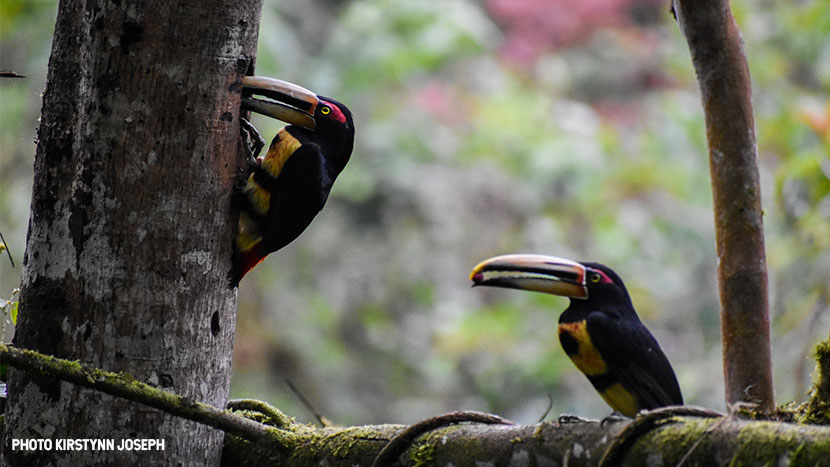Integrating Interactive Animal Games into Science Education
When the challenge is to foster a deep understanding of science among students, both young and really young, interactive animal games can be a game-changer. They not only engage but also build foundational knowledge in an immersive way. Imagine transforming a traditional classroom into a dynamic ecosystem where each student interacts and learns through play.
These educational tools tap into curiosity, fostering retention and critical thinking. So, how can educators skillfully weave these games into their science curriculum? Let’s unlock the potential of interactive learning with concrete strategies that make education come alive.
7 Ways to Integrate Animal Games into Science Education
Here are seven innovative ways to incorporate animal games into your science-based teaching methods, enhancing engagement and deepening understanding for your students.
1. Ask Students to Create Ecosystems
Engage students in an active synthesis of knowledge by having them design their own ecosystems. This hands-on project encourages responsibility and creativity as each student crafts a balanced environment where flora and fauna coexist without disruption.
They’ll draw from lessons on food chains, habitat requirements, and species interactions to build their miniature worlds. Whether through dioramas, digital simulations, or classroom terrariums, they confront the complexities of life systems. It’s a process that demands critical thinking and fosters an appreciation for the delicate interdependencies present in our natural world.
2. Show Them Interactive Online Games
Interactive online games serve as a cornerstone for blending education with entertainment. For example, ABCMouse has a wide selection of educational animal games that can help pre-K and Kindergarten students learn the fundamentals of math within an engaging virtual playground.
These games, designed with vibrant animations and responsive feedback loops, not only sustain attention but also reinforce key concepts through repetitive play. They empower young minds to grasp complex ideas in a space where learning feels like part of the fun.
3. Try Virtual Dissections Instead of Live Ones
Virtual dissections present a modern alternative to traditional biological explorations, offering an ethical and accessible option for students to delve into animal anatomy. These digital platforms simulate the dissection process in great detail, allowing learners to see what’s inside an animal.
They serve as a bridge between theoretical knowledge and practical application, providing interactive elements that enhance understanding without the mess. By replacing live dissections with virtual counterparts, educators can be compassionate while teaching key concepts.
4. Unlock DNA Secrets Using Genetic Games
Dive into the heart of genetics with games designed to unravel the mysteries of DNA. These interactive tools captivate students as they experiment with genetic codes and witness the impact of DNA patterns first-hand. By simulating breeding scenarios, learners can visualize dominant and recessive traits in action, demystifying abstract concepts found in textbooks.
Such genetic games make complex theories accessible and fascinating, allowing young scientists to manipulate genomes and predict outcomes, all within a controlled virtual environment that turns learning into a truly fascinating adventure in bio-discovery.
5. Role-Playing as Endangered Species
Embrace role-playing in the classroom to spark empathy and awareness for endangered species. By stepping into the roles of animals at risk, students experience the world through a different lens—one that highlights the urgency of our conservation efforts.
This interactive approach brings to life the challenges these creatures face, from habitat loss to climate change. As students navigate environmental obstacles within their unique animal roles, they learn about biodiversity and the significance of preserving Earth’s ecosystems.
6. Go On Interactive Field Trips or Safaris
Transport the classroom into the wild with interactive field trips and virtual safaris, allowing students to traverse distant lands without leaving their seats. These digital adventures offer a front-row view of diverse ecosystems, engaging students with realistic wildlife encounters.
During these adventures, young learners collect data, observe animal interactions in real-time, and adapt to various habitats—key practices of real-life biologists. Such immersive experiences highlight the importance of ecological preservation while providing a global perspective on nature’s interconnectedness and inspiring future stewards of the environment.
7. Use Data for an Animal Behavior Analysis Game
In the classroom, why not transform raw data into a thrilling adventure with an animal behavior analysis game? In this setting, students become detectives of the natural world, dissecting behavioral patterns and ecological data to solve mysteries or achieve game objectives.
By integrating actual scientific data into gameplay, learners engage in critical thinking and develop analytical skills as they interpret information to predict animal behavior. This method not only makes data analysis relatable but also equips students with an understanding of statistics.
In Conclusion…
Now is the time to invigorate your science curriculum with these interactive strategies. The fusion of education and play has the power to transform learning into an adventure that students will pursue with curiosity. Embrace these tools and watch as your classroom becomes a vibrant hub of discovery, forging connections between young minds and the wonders of the world.


































































































